![[Wild Child] cover](https://depts.washington.edu/hortlib/graphix/wildchild300.jpg)
Patrick Barkham’s Wild Child: Coming Home to Nature chronicles his year as a parent volunteer at the his children’s forest school, interwoven with memories of his own childhood and musings on the role of nature in our lives, especially while we are young. Childhood has changed since Barkham’s youth in 1980s Norfolk (UK), when he and neighboring kids roamed every day, inventing outdoor diversions. Most parents today feel a responsibility to provide constant supervision, or at least keep kids in out of the weather. Something has been lost, Barkham believes, and enrolling his three children at Dandelion outdoor nursery helps to restore it, grounding them in the natural world around them. As he says, “Formative experiences resonate throughout our lives.”
For me, one of the highlights of this book was the opportunity to learn new words and new usages. Some, like “reception year” (which refers to the first year of primary school), “clodgy,” “gubber,” and “slub” (all words for mud), and “sallow” (another word for the pussywillow tree), are new words for known concepts. Others are novel concepts for me. Soft fascination, which describes the power of forests and other natural environments to keep our senses gently engaged without wearing out our attention spans or tiring us, was a revelation to me. Coined by environmental psychologists Rachel and Stephen Kaplan in 1989, soft fascination is a hallmark of restorative environments, distinct from a state of “directed attention” such as listening to a lecture or watching TV. Environments rich in soft fascination help to recharge us, making them ideal for learning. Some educators in the UK have taken advantage of this fact by offering some outdoor lessons to upper primary school students who struggle in the classroom. The author is impressed with what he learns visiting two of these outdoor experience programs. In one forest school program for English language learners, many of them refugees, students who participated had improved test scores and attendance as well as harder-to-quantify improvements in confidence and attentiveness.
As an appendix, Barkham provides plenty of fresh ideas for outdoor engagement, including hapa-zome (a Japanese method of transferring leaf colors and patterns to fabric with a hammer) and seaweed cyanotypes. He reminds parents and teachers that it’s not knowledge but love of nature we need to impart. Young people will gather their own knowledge, once they have a chance to get outdoor experiences.
Published in the November 2020 Leaflet for Scholars, Volume 7, Issue 11.
![[The Scentual Garden] cover](https://depts.washington.edu/hortlib/graphix/thescentualgarden.jpg)
![[Corn: A Global History] cover](https://depts.washington.edu/hortlib/graphix/Cornaglobalhistory.jpg)
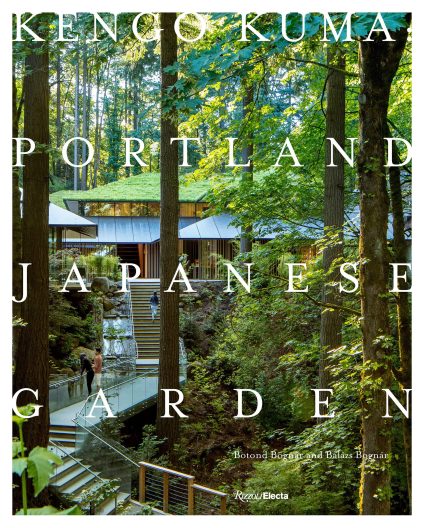 I recently visited the Portland Japanese Garden after many years away, taking a tour in June 2019 as part of a Hardy Plant Society of Oregon study weekend. The focus was the new part of the garden, the Cultural Village, which opened in 2017, but I also made time to explore the earlier areas that date from 1967.
I recently visited the Portland Japanese Garden after many years away, taking a tour in June 2019 as part of a Hardy Plant Society of Oregon study weekend. The focus was the new part of the garden, the Cultural Village, which opened in 2017, but I also made time to explore the earlier areas that date from 1967.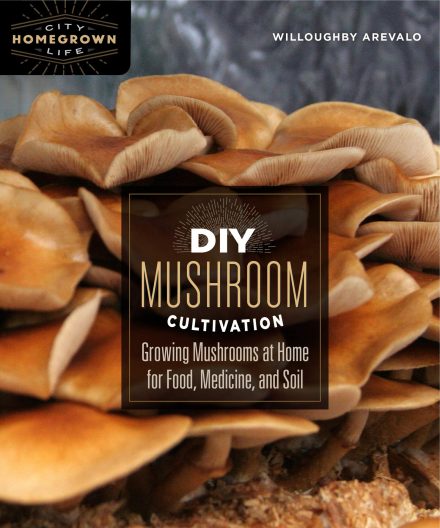
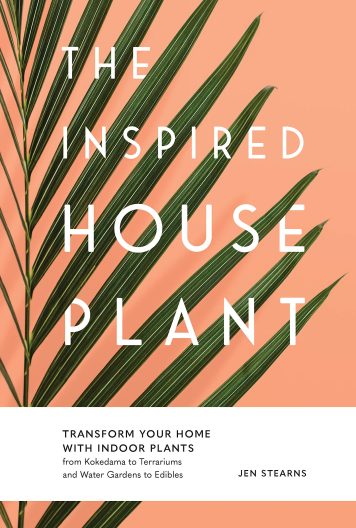 Jen Stearns is the owner of Urban Sprouts, a houseplant specialty nursery in Renton, WA. Her new book, “The Inspired House Plant,” aims to make your indoor space more festive by promoting a great diversity of indoor plants and teaching you to be a good plant parent. The emphasis is on foliage – so no African violets or orchids, but that doesn’t mean the selections are dull.
Jen Stearns is the owner of Urban Sprouts, a houseplant specialty nursery in Renton, WA. Her new book, “The Inspired House Plant,” aims to make your indoor space more festive by promoting a great diversity of indoor plants and teaching you to be a good plant parent. The emphasis is on foliage – so no African violets or orchids, but that doesn’t mean the selections are dull.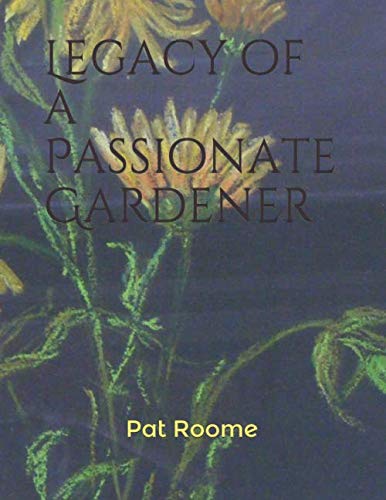 Pat Roome has been a gardener for almost all of her 87 years, has lived and gardened at the same Bellevue home for 56 years, and has been a Master Gardener for 45 years. That’s a lot of experience, and she decided it was time to share her accumulated knowledge in a self-published book, “Legacy of a Passionate Gardener.” We are all the beneficiaries.
Pat Roome has been a gardener for almost all of her 87 years, has lived and gardened at the same Bellevue home for 56 years, and has been a Master Gardener for 45 years. That’s a lot of experience, and she decided it was time to share her accumulated knowledge in a self-published book, “Legacy of a Passionate Gardener.” We are all the beneficiaries.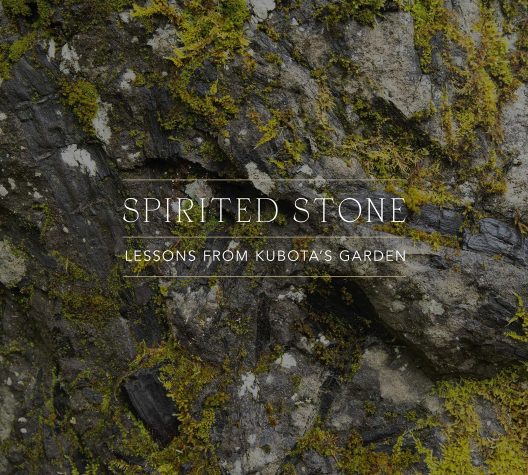 I had the opportunity to visit the Kubota Garden in southeast Seattle last fall as part of a staff enrichment day for the University of Washington Botanic Gardens. It was my first visit in decades, a time in which I have visited many notable public gardens throughout North America and in parts of Europe. For all my travels, I had been overlooking a garden treasure very close to home.
I had the opportunity to visit the Kubota Garden in southeast Seattle last fall as part of a staff enrichment day for the University of Washington Botanic Gardens. It was my first visit in decades, a time in which I have visited many notable public gardens throughout North America and in parts of Europe. For all my travels, I had been overlooking a garden treasure very close to home.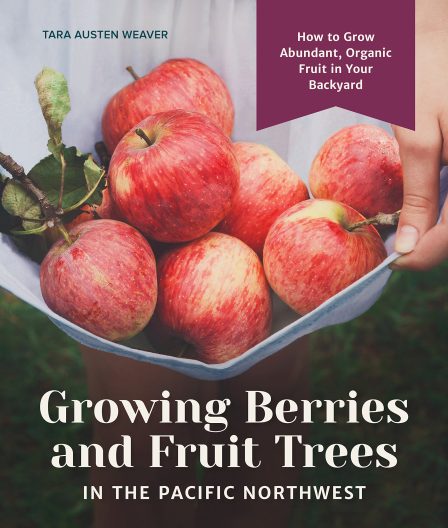 Tara Austen Weaver became smitten on growing fruit in Seattle after planting raspberries during an extended summer visit. Later, she moved here permanently to a house with nine mature fruit trees and proceeded to add 14 more plus many berry plants. Her new book, “Growing Berries and Fruit Trees in the Pacific Northwest,” is based on that experience and is an excellent choice for the beginning fruit grower in Washington, Oregon, or British Columbia, especially west of the Cascades.
Tara Austen Weaver became smitten on growing fruit in Seattle after planting raspberries during an extended summer visit. Later, she moved here permanently to a house with nine mature fruit trees and proceeded to add 14 more plus many berry plants. Her new book, “Growing Berries and Fruit Trees in the Pacific Northwest,” is based on that experience and is an excellent choice for the beginning fruit grower in Washington, Oregon, or British Columbia, especially west of the Cascades.